Overleaf 模板库LaTeX 模板和示例 — Recent
探索 LaTeX 模板和示例,以帮助完成从撰写期刊文章到使用特定 LaTeX 包的所有工作。
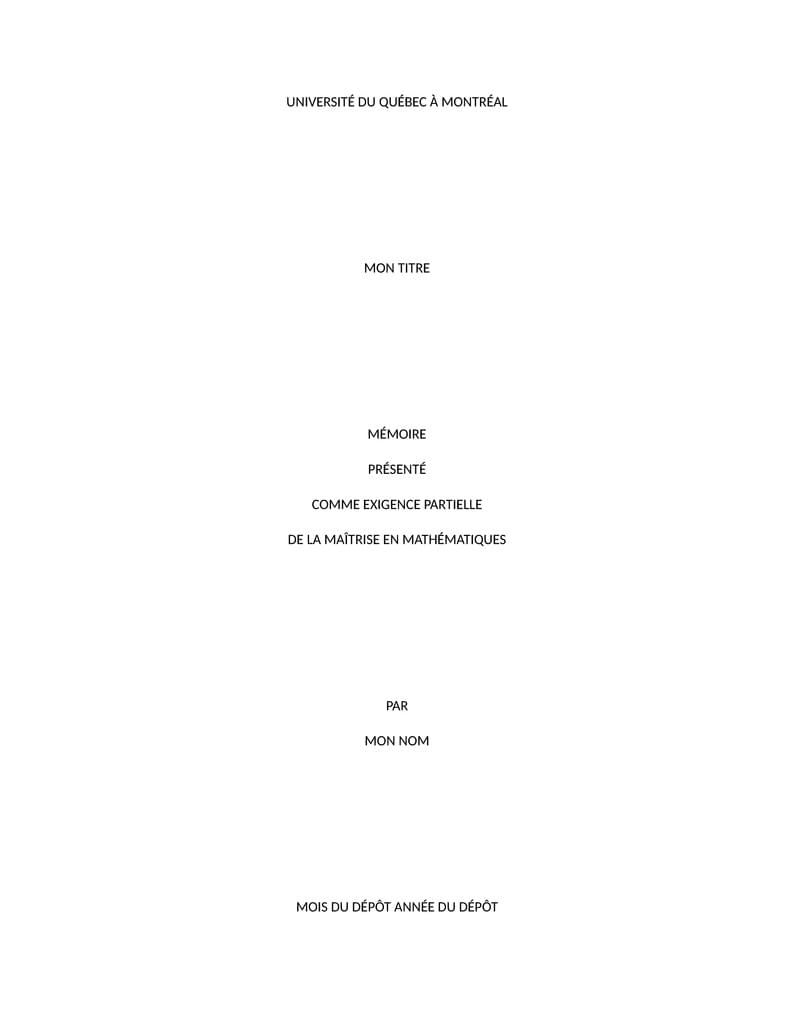
Classe anglaise pour la rédaction des mémoires, rapports et thèses conformes aux normes de présentation de l'UQAM-Département de mathématiques.

Report template for Praxisprojects @ colaps, UDE
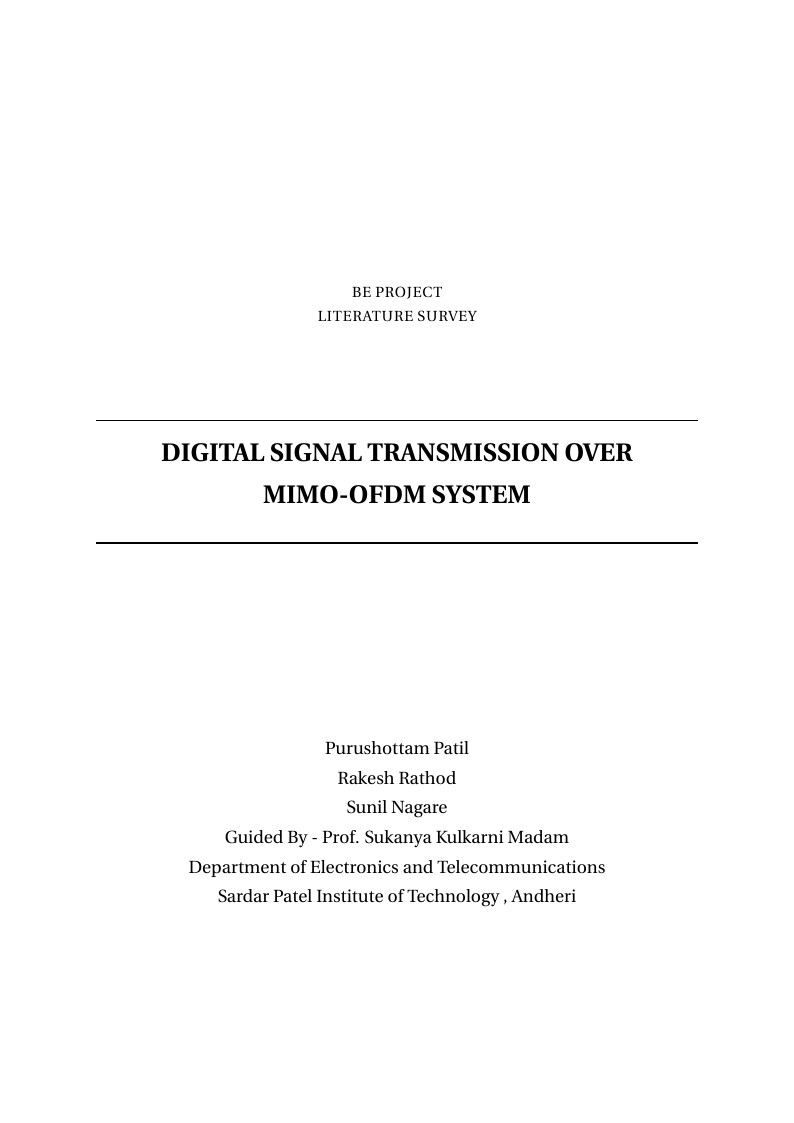
A project report using the LaTeX Template Project Titlepage Modified (v 0.1) by rcx. Original Source of template: http://www.howtotex.com Date: February 2014 This is a title page template which be used for articles & reports. This is the modified version of the original Latex template from aforementioned website.
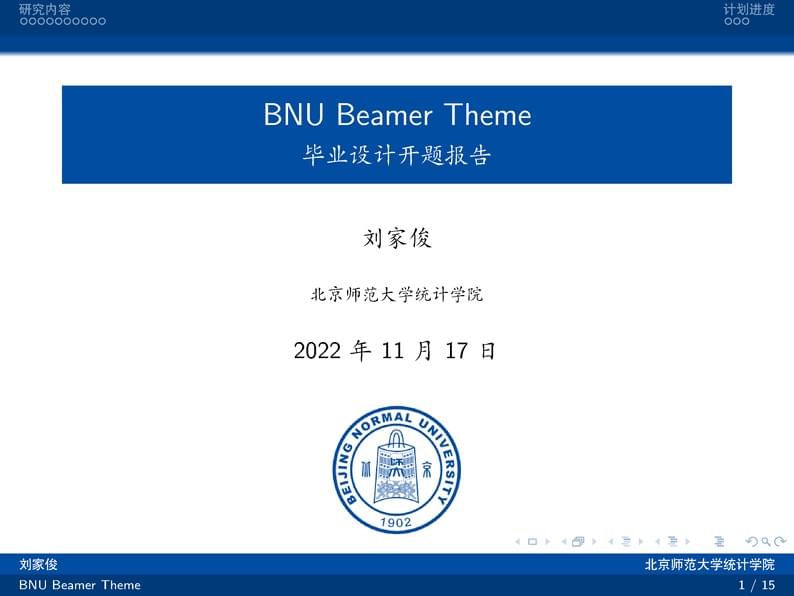
改了一下北大模板,做了一份北师的模板
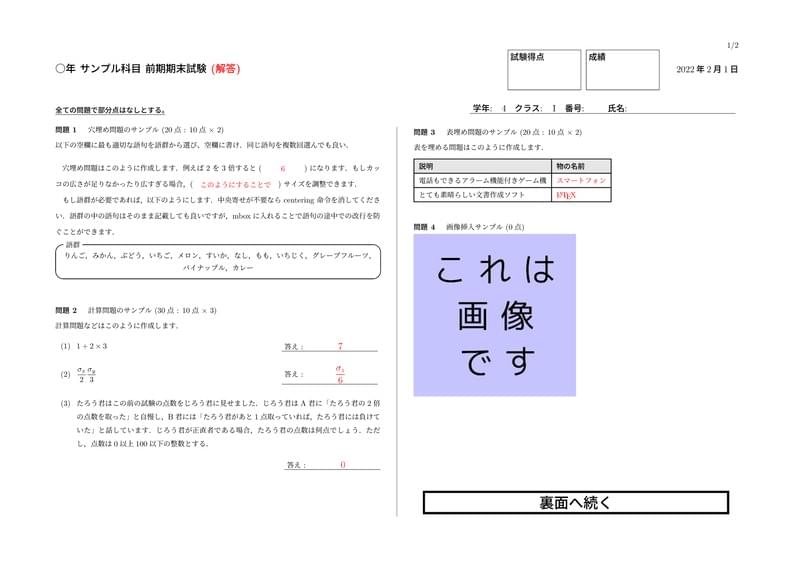
回答を直接書き込むタイプの試験問題用紙を作成できるテンプレートです.
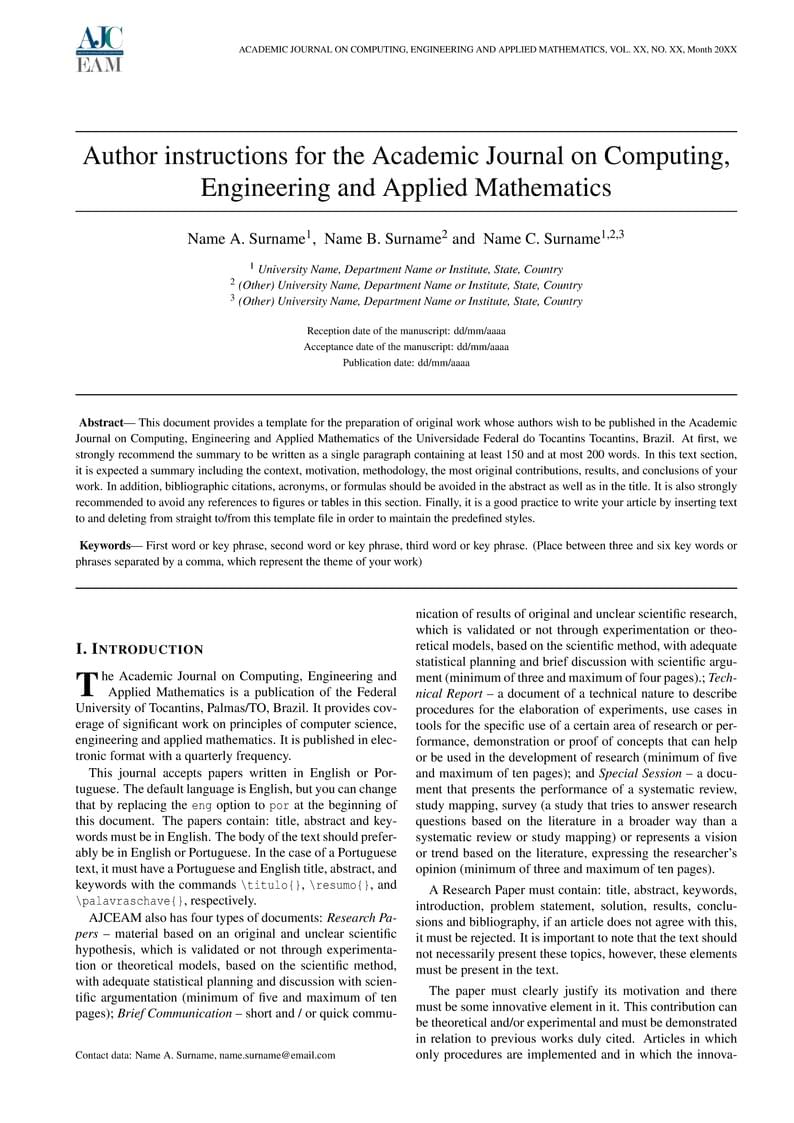
Template for manuscripts to (AJCEAM) Academic Journal on Computing, Engineering and Applied Mathematics.
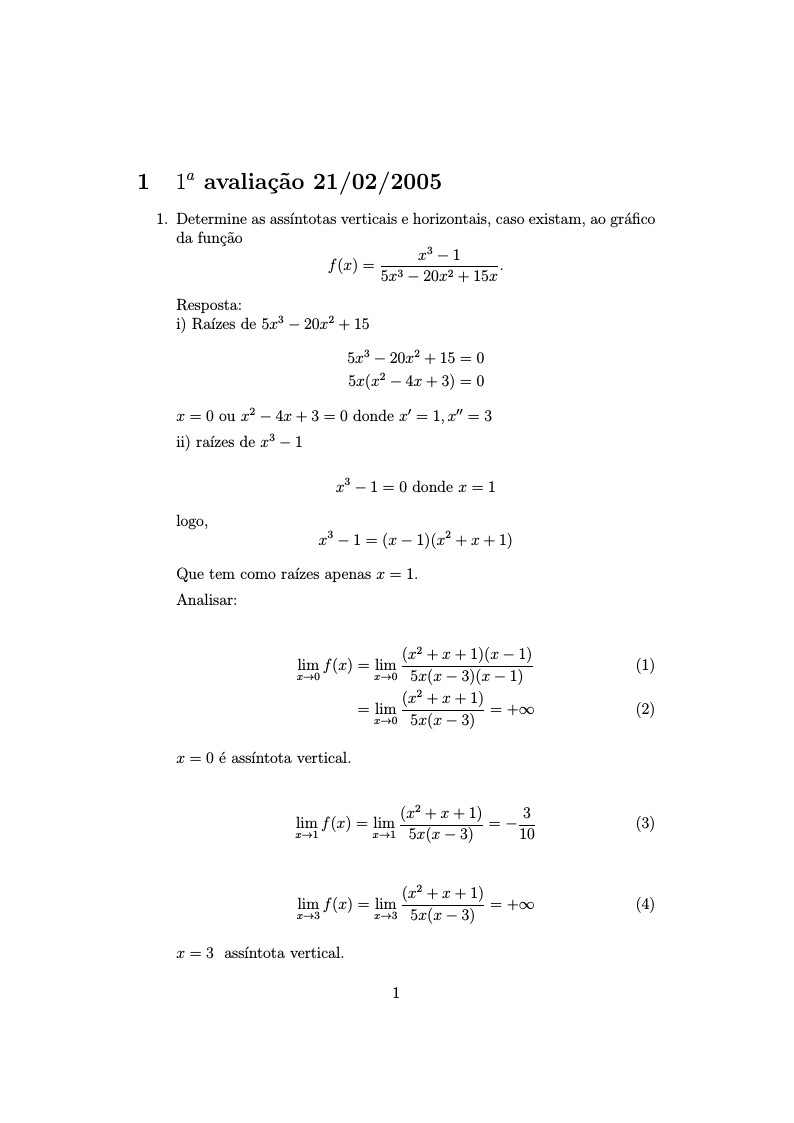
Primeiras questões respondidas do banco de Cálculo 1 da UFAL.

A basic template to make a beamer presentation for UMass Boston.
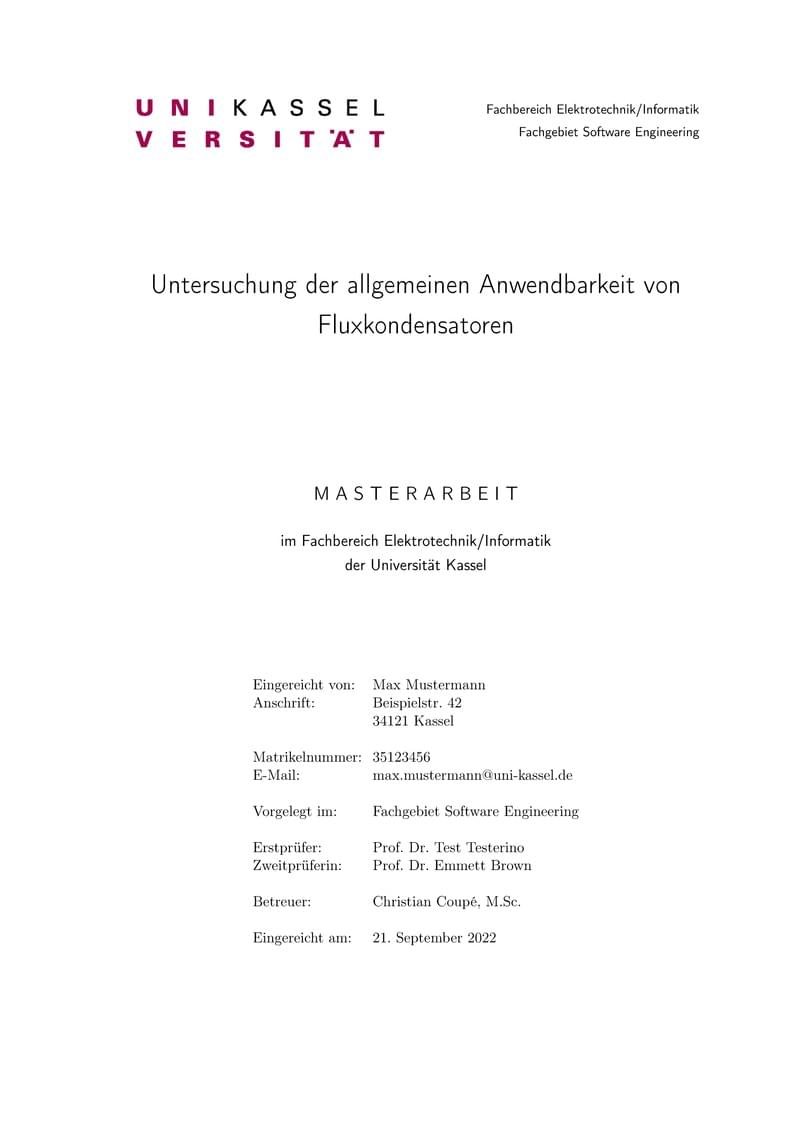
Thesis Template for University of Kassel, Fachgebeit Software Engineering